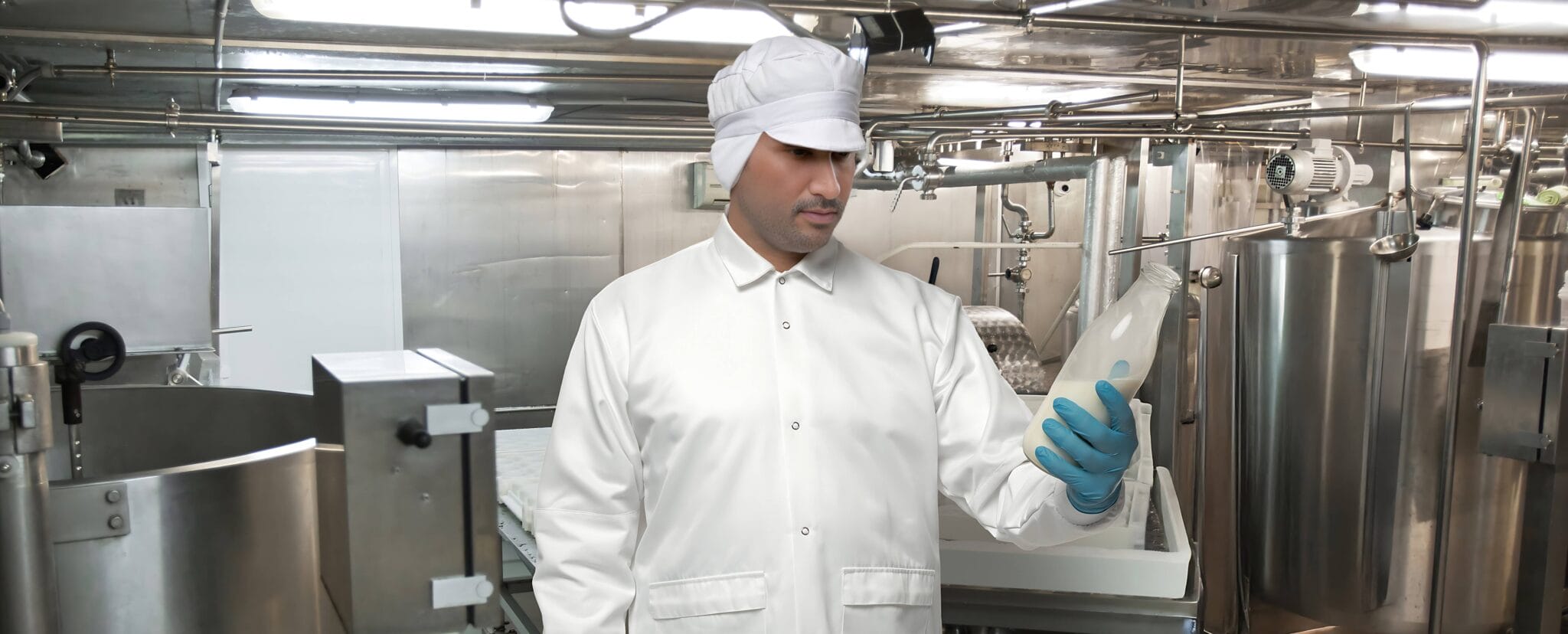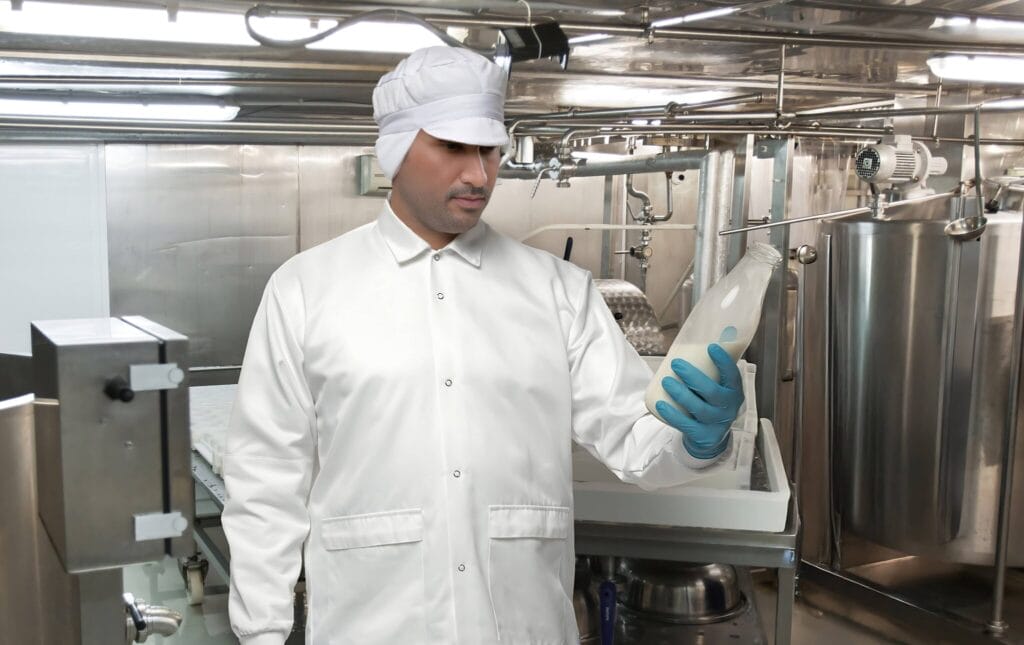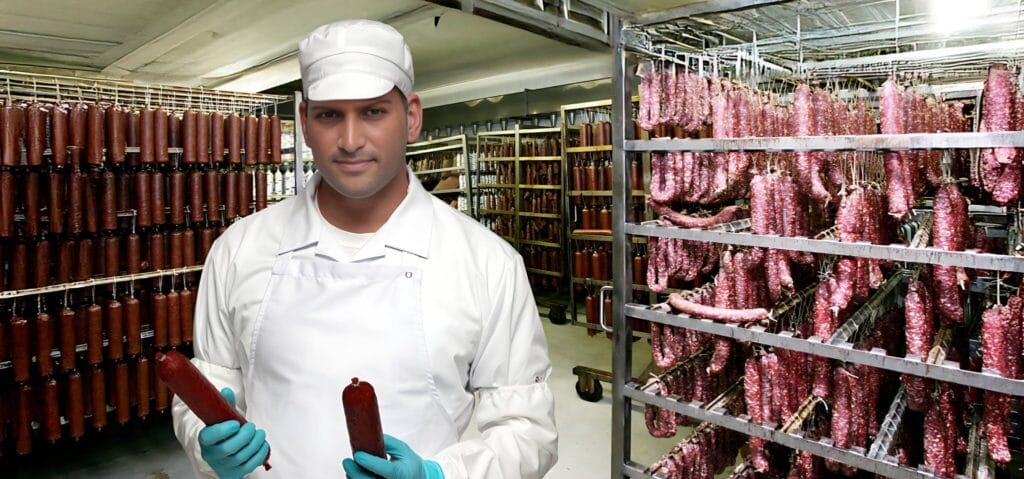
How dairy farms have benefited from sustainable rental dairy industry workwear?
Dairy farms present unique challenges when it comes to maintaining hygiene and safety standards. With livestock living in close quarters and workers constantly interacting with animals and machinery, the potential for hazards is significant. Common risks include exposure to zoonotic diseases, chemical hazards from cleaning agents, and physical injuries from handling equipment or animals.
Maintaining high standards of cleanliness is crucial not only for the health of the livestock but also for the safety of the workers. Ensuring that the environment is clean helps prevent the spread of disease and minimizes the risk of contamination in dairy products. Implementing stringent hygiene practices also protects workers from potential infections and injuries.
One of the key components in ensuring both safety and hygiene on dairy farms is the use of protective workwear. These specialized uniforms are designed to provide a barrier against contaminants, ensuring that both the wearer and the environment are protected. This protective workwear for dairy workers is essential, as it helps prevent cross-contamination and reduces the risk of injuries, supporting a safer and more productive workplace.
How rental loops ensure hygienic and traceable uniforms?
The concept of workwear rental loops plays a critical role in maintaining hygiene and traceability in the dairy industry. These systems involve the regular collection, laundering, and redistribution of workwear uniforms, ensuring that all garments meet strict hygiene standards. By outsourcing the management of industrial safety apparel to a professional workwear rental service, dairy farms can focus on their core operations while ensuring compliance with industry regulations.
Professional laundering services are equipped with advanced washing technologies and adhere to industry standards, such as HACCP, to ensure that all workwear is free from harmful microorganisms. This not only guarantees the cleanliness of the garments but also extends their lifespan, providing a cost-effective solution for dairy farms.
Traceability is another significant advantage of rental loops. Each garment is tagged with RFID technology, allowing for real-time tracking of usage and location. This enhances accountability and safety by ensuring that the right protective workwear is always available when needed. Furthermore, it provides a clear audit trail for compliance with regulatory standards, reducing the risk of non-compliance issues.
The environmental impact of centralized laundering
Centralized laundering systems offer significant environmental benefits, particularly in terms of water and energy savings. By utilizing efficient washing technologies and optimized processes, these systems minimize resource consumption, contributing to environmental sustainability and the overall efficiency of the workwear rental model.
For instance, centralized laundries often employ heat recovery systems and water recycling technologies, which reduce energy usage and conserve water. This not only lowers the environmental footprint of the laundering process but also results in cost savings, making sustainable workwear rentals a financially viable option for dairy farms.
Moreover, by maintaining a controlled and consistent laundering process, centralized systems ensure that all workwear meets stringent hygiene standards. This consistency is crucial for dairy farms, where the risk of contamination must be minimized to protect both workers and livestock.
Case study: A dairy co-op’s journey to reducing waste and costs
A notable example of the benefits of sustainable workwear rentals can be seen in the case of a dairy cooperative that successfully reduced waste and costs. By transitioning to a workwear rental service, the co-op was able to streamline its uniform management, leading to significant cost savings and a reduction in textile waste.
The cooperative implemented a strategy that included educating staff on the importance of proper uniform use and maintenance, as well as leveraging the traceability features of the rental service to optimize garment usage. As a result, the co-op not only improved its economic efficiency but also enhanced its environmental sustainability by minimizing waste and reducing its carbon footprint.
Through these efforts, the dairy co-op demonstrated that strategic implementation of sustainable workwear solutions can yield substantial benefits, both economically and environmentally, serving as a model for other dairy operations to follow.
Measuring ROI and sustainability metrics for dairy managers
For dairy managers, evaluating the return on investment (ROI) and sustainability of workwear rental services involves considering several key metrics. These include the cost savings achieved through reduced textile waste, the environmental impact in terms of water and energy conservation, and improvements in worker safety and hygiene compliance.
By analyzing these metrics, managers can make informed decisions about the long-term sustainability of their operations. For example, tracking the reduction in garment replacement costs and the decrease in environmental footprint can provide tangible evidence of the benefits of sustainable workwear rentals.
Additionally, these metrics can help dairy managers align their operations with broader corporate sustainability goals, such as reducing carbon emissions and improving resource efficiency, thereby enhancing their overall corporate image and compliance with industry regulations.
A roadmap for implementing sustainable workwear solutions
Implementing sustainable workwear solutions on a dairy farm involves a strategic approach that includes careful planning and stakeholder engagement. Here is a step-by-step guide to facilitate a smooth transition:
- Conduct a needs assessment to understand the specific requirements of your dairy operation.
- Engage with a reliable workwear rental service provider to outline your goals and expectations.
- Educate employees about the benefits of sustainable workwear and proper garment usage.
- Set up a system for tracking workwear usage and hygiene compliance using RFID technology.
- Monitor progress and adjust strategies as needed to optimize sustainability outcomes.
By following this roadmap, dairy farms can effectively integrate sustainable workwear solutions into their operations, ensuring improved safety, hygiene, and environmental sustainability.
“Implementing sustainable workwear solutions not only enhances operational efficiency but also strengthens customer trust by demonstrating a commitment to quality and safety.”
For more information on sustainable workwear rental services, visit our workwear service page. To learn more about dairy safety and sustainability, consider visiting the National Sustainable Agriculture Coalition.





